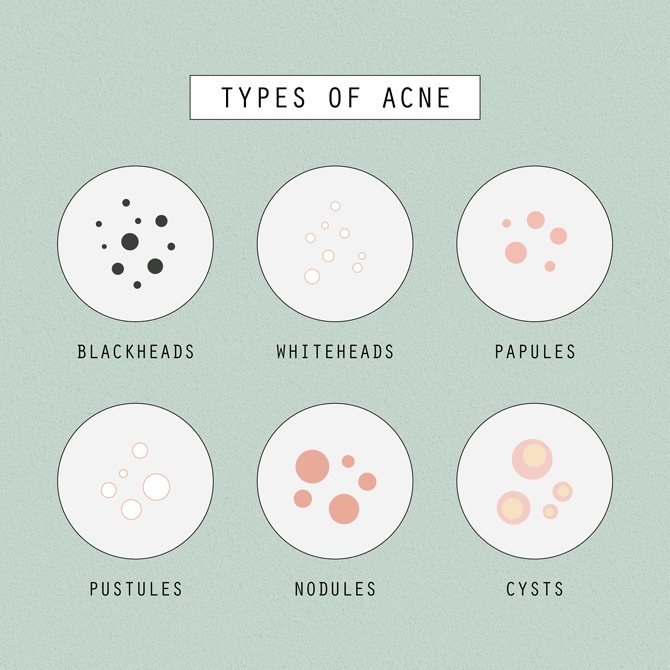Acne is defined as a skin disorder that affects the skin’s oil glands and hair follicles. We’ve all had it rear its ugly head at some point or another (thanks, puberty) and if you’re particularly unfortunate, it may carry on well into your adulthood.
The current pandemic certainly isn’t helping, either—with all of us clad in surgical masks all day long, the dreaded phenomenon of maskne has truly dug its heels into all of our complexions this year.
As a result, we’ve all undoubtedly been layering on-the-spot creams by the masses, and reaching for the mild exfoliants and clay masks as much as humanly possible. While that is certainly a valiant effort, it may be doing your skin little to no good.
To actually cure your acne, you need to know what you’re dealing with, and since acne comes in all shapes and sizes (and each type comes with its own treatment needs), we thought it would be best to put together a nifty guide for your perusal.
Behold, here is our guide to acne—from what to look out for to its many causes and even how to treat it!
Non-inflammatory acne:
This type of acne is the least severe—it is not associated with much swelling or pain, nor is it likely to have any long-term complications such as scarring. There are two kinds of non-inflammatory acne: Blackheads and whiteheads.
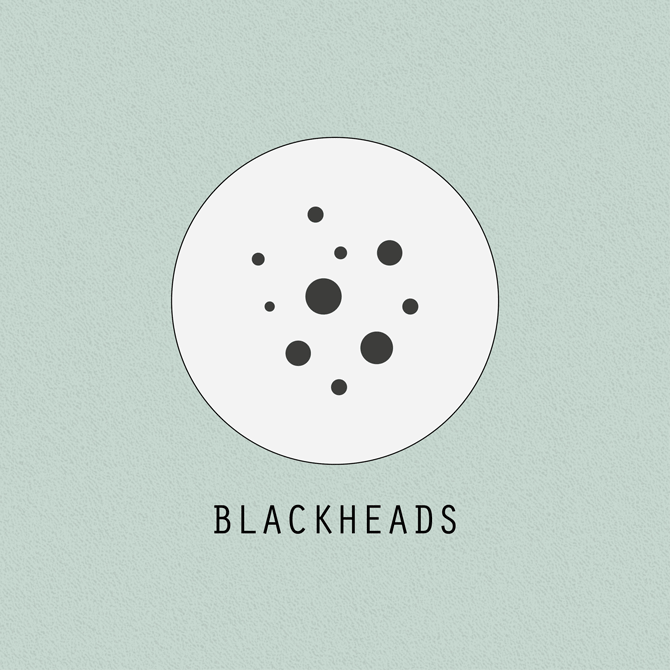
We’re all familiar with blackheads. They’re the pesky things that pore strips are made for—the reason we’ve all developed a weird fascination with Dr Pimple Popper.
Cause: Pores clogged by sebum, dead skin cells, or both. The top of the pore stays open, allowing the oil that’s clogging the pore to oxidise, therefore leading to the blackened appearance.
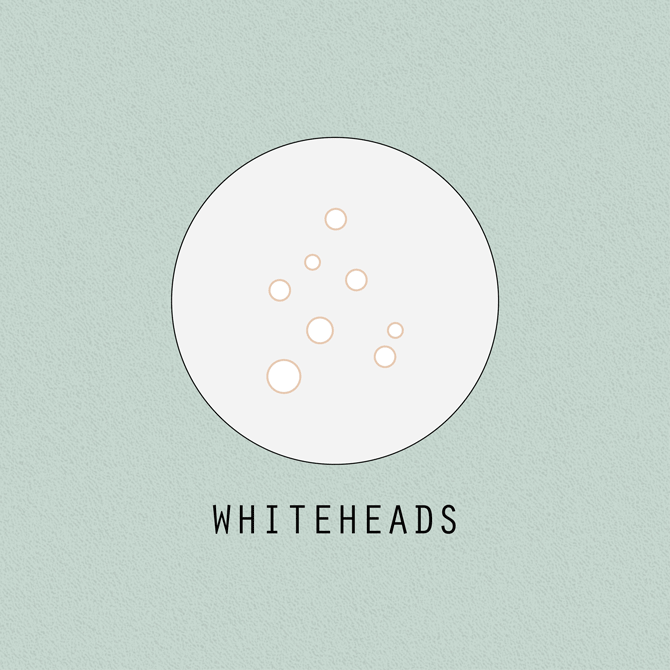
Whiteheads are very similar to blackheads, except that the sebum and dead skin cells are covered by a layer of skin.
Cause: Pores clogged by sebum, dead skin cells, or both. The top of the pore closes up, so it looks more like a tiny whiteish ‘bump’ on the skin.
How to treat non-inflammatory acne:
Salicylic acid: Helps to dissolve the oil and dead skin that is clogging the pore—you can find it in cleansers and spot treatments.
Chemical exfoliation: Helps to remove excess dead skin that may be causing your blackheads. READ: A comprehensive guide to chemical exfoliants
Clay masks: Helps to draw excess oil out of the skin, helping to prevent the pores from getting clogged. READ: How to pick the right clay mask for your skin type
Facial extraction: Not as scary as it sounds, getting your blackheads professionally extracted prevents you from causing damage to your skin through DIY extractions of pore strips. READ: Why shouldn’t you use a pore strip?
Non-comedogenic products: Avoiding comedogenic, pore-clogging products will help reduce the incidence of blackheads
Inflammatory acne
This type of acne is associated with inflammation, redness, swelling and scarring, and it is the more severe form of acne. Within this category, there are a few degrees of severity, depending on the type of inflammatory acne you have.
Mild-to-moderate inflammatory acne
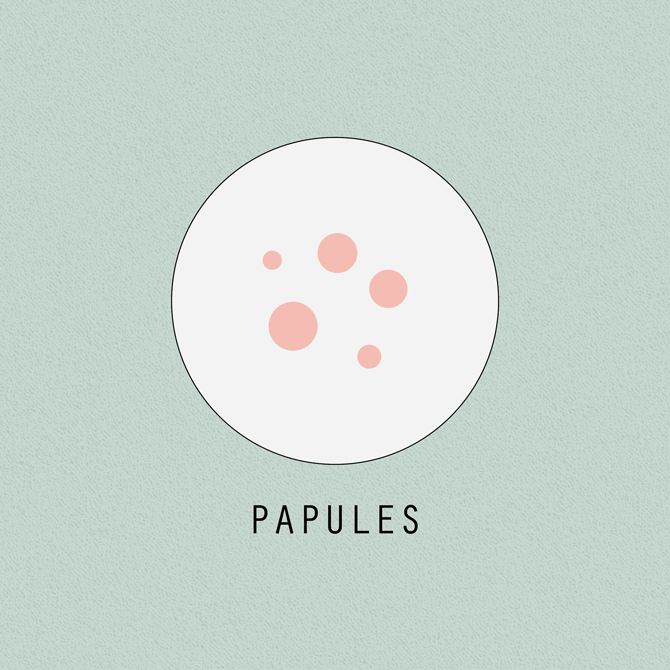
This particular form of acne has no visible centre. Rather, they appear as bumps under the skin’s surface that appear as raised, solid bumps on the skin that are pink in colour and tender to the touch. They do not have a visible head like whiteheads do, and they do not cause the pores to widen. The skin surrounding the blemish may also be swollen and red.
Cause: Irritation from whiteheads or blackheads that damage the surrounding skin and cause the barriers surrounding your pores to break down.
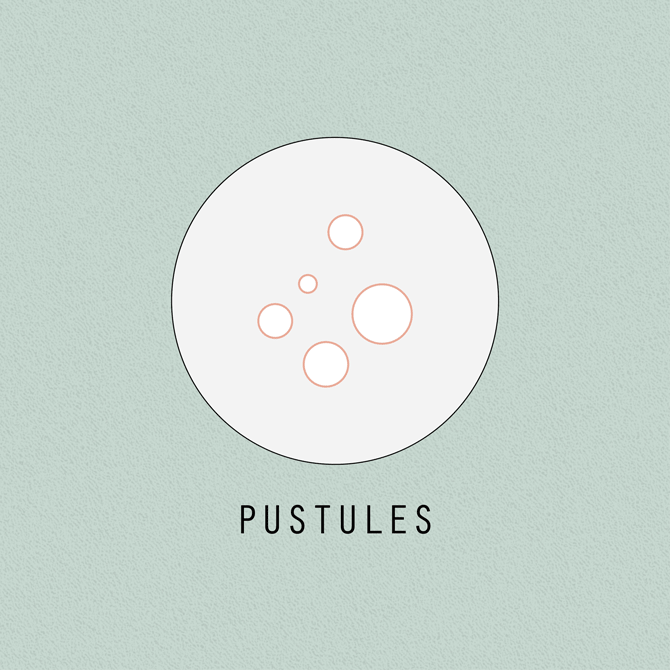
Pustules are what we all think of when the word ‘pimple’ comes to mind. These blemishes are defined by their pus-filled ‘head’, which is usually accompanied by a pink or reddened base and a larger bump.
Cause: Pustules form when the walls around the pores break down from inflammation, and the reaction causes immune cells and bacterial cells to collect, forming the pus-filled head.
How to treat mild-to-moderate inflammatory acne:
Benzoyl peroxide: This heavy-duty acne treatment tackles the bacteria that causes acne inflammation in the first place. Note: This treatment can be harsh and drying on the skin, so you need to make sure that you’re diligent with your moisturiser.
Salicylic acid: Clearing your pores is an important step in preventing both non-inflammatory and inflammatory acne.
Topical retinoids: You can find them in an array of skincare products (they are weaker, but less irritating) or get them via a prescription (they are more high-performance but harsher). These work by preventing dead skin cells from clogging your pores and allowing the rest of your skincare routine to penetrate your skin better.
Oral or topical antibiotics: If your acne is particularly widespread, you may want to consider consulting a dermatologist. They may prescribe you antibiotics to help treat the inflammation.
Moderate-to-severe inflammatory acne
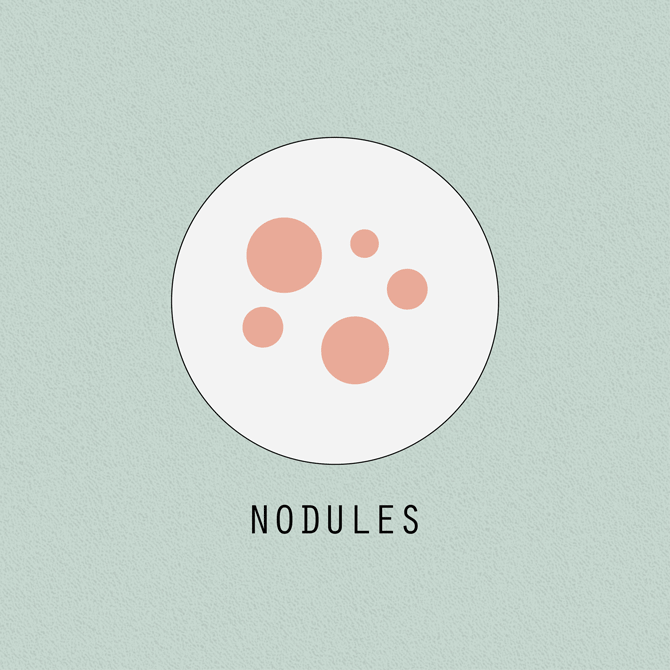
These appear as larger, deeper papules that have no head. They feel like hard, painful lumps beneath the skin, and they have a high risk of causing scarring or dark spots.
Cause: When clogged, swollen pores damage tissues and cells very deep under the skin’s surface.
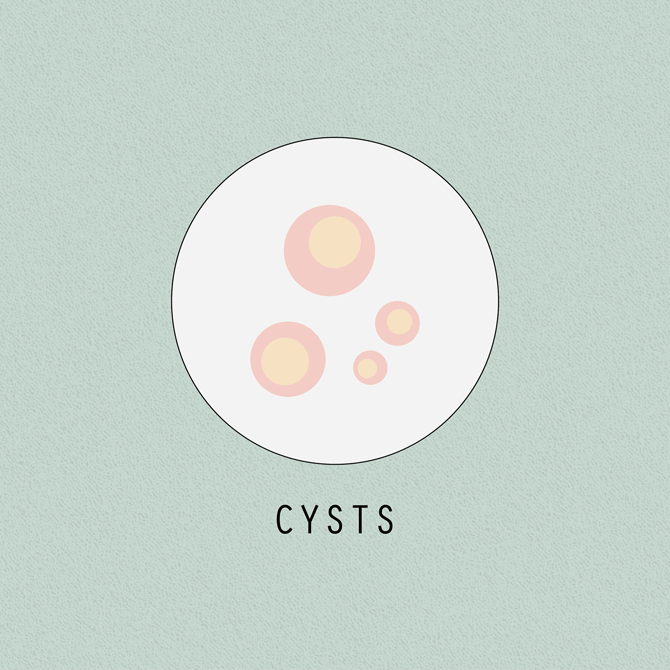
These appear as large, soft, red or white lumps that reside deep within the skin (deeper than nodules). They are very painful and pus-filled and are the most severe type of acne. As a result, they’re also the most likely to scar of all the acne types.
Cause: They result from a combination of bacteria, sebum and dead skin cells deep within the skin.
How to treat moderate-to-severe inflammatory acne:
This kind of acne is, unfortunately, impossible to treat at home. Please consult a dermatologist ASAP to discuss your options, which may include antibiotics, combined oral contraceptives, anti-androgen agents and isotretinoin.
It’s important to note that it is common to have a mix of all the acne types to deal with all at once, so the ability to recognise the differences between your blemishes is key to solving all of your skin problems and ensuring your skin gets the treatment it needs.
But remember, whatever you do, do not go down the DIY route. Good luck!
This article is intended to be informative, but it is not a substitute for medical advice. Find more acne tips here.
| SHARE THE STORY | |
| Explore More |
